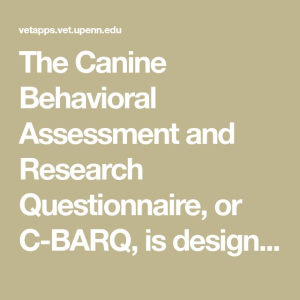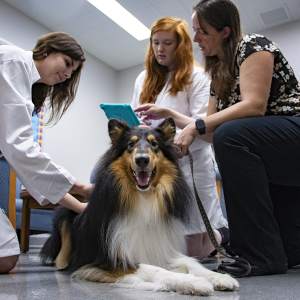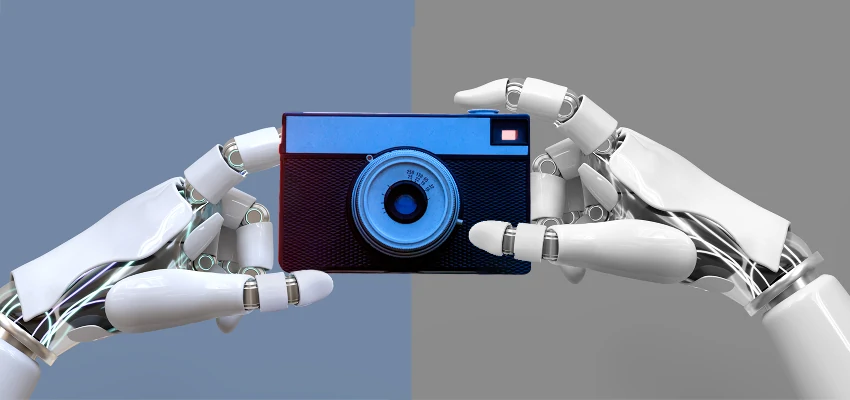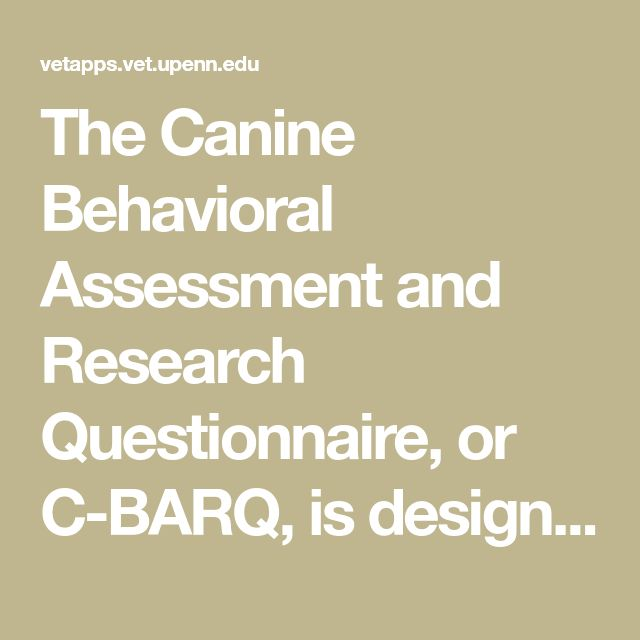AI and photojournalism are at a fascinating crossroads, showcasing both challenges and opportunities in today’s rapidly evolving media landscape. As artificial intelligence in photography takes center stage, it brings forth a myriad of implications for how stories are captured, preserved, and shared. The impact of AI on journalism is profound, raising critical questions about photojournalism ethics and the integrity of visual storytelling. Innovative AI tools for photographers could not only streamline processes but also aid in preserving photo archives, ensuring that invaluable visual histories are safeguarded against the inevitable march of technology. Navigating these waters requires a careful balance, as the photojournalism community strives to embrace technological advancements while maintaining the authenticity of their craft.
The intersection of advanced technology and visual storytelling has never been more pertinent, particularly as the field of photojournalism confronts the implications of artificial intelligence. Renowned for its ability to enhance photographic practices, artificial intelligence offers transformative potential in capturing and narrating events with unprecedented clarity. As the role of AI in capturing and organizing visual narratives expands, discussions around its ethical use become increasingly vital—particularly in regard to maintaining trust within journalistic standards. By harnessing AI capabilities, photographers can not only elevate their creative output but also ensure that significant historical records are preserved for future generations. This dual approach, focusing on innovation and archival responsibility, highlights the evolving dynamic of visual media in our information-driven world.
The Role of AI in Modern Photojournalism
Artificial intelligence is quickly becoming a pivotal force within the realm of photojournalism, transforming how visual stories are captured and perceived. With advancements in AI technology, photographers and journalists are finding new tools that enhance their capabilities, enabling them to document events with unprecedented precision and efficiency. For instance, machine learning algorithms can now analyze vast archives of images, categorizing them based on content, emotion, and context, thereby preserving a rich visual history that might otherwise be lost.
However, the incorporation of AI into photojournalism also raises significant ethical questions. As AI-generated images become indistinguishable from traditional photographs, the risk of misinformation increases, challenging the journalistic integrity and trust that photojournalism has built over decades. Journalists must navigate these complexities carefully to honor the core values of truth, authorship, and memory while embracing the innovative potential of AI tools.
Preserving Photo Archives with AI Technology
The preservation of photo archives is critical for documenting our history, yet many invaluable photographs remain unseen and forgotten in dark storage rooms. Artificial intelligence offers a beacon of hope for preserving these visual assets, as it can systematically archive and digitize photographs, making them more accessible to researchers, historians, and the public. By leveraging AI, organizations can create searchable databases that allow users to retrieve images based on nuanced criteria, ensuring that these historical records are not only preserved but also widely available.
Kira Pollack highlights the importance of considering the ethical implications of utilizing AI for archive preservation. AI tools can enhance the organization and presentation of archival materials without compromising the authenticity of the images. Importantly, this technology can assist in contextualizing these photographs, adding layers of meaning that accompany the visual elements, thus keeping the original photographer’s intent intact. By following robust ethical standards, AI can help elevate photojournalism while safeguarding its legacy.
Impact of AI on Journalism Standards
The infusion of AI into journalism has prompted a reevaluation of industry standards surrounding image authenticity and credibility. While AI can streamline news production and enhance storytelling, it also poses risks related to credibility, especially with the rise of fake images and deepfakes. Journalists must therefore adopt a critical approach towards using AI-generated content, ensuring that the principles of rigorous fact-checking and verification are upheld. Educating the audience about the potential for AI manipulation is essential to maintain trust in journalistic practices.
Moreover, the integration of AI tools must be accompanied by a commitment to ethics in journalism. As journalists leverage AI for content creation or analysis, they must address concerns regarding copyright and consent, particularly how images may be utilized or altered without photographer approval. Consequently, defining clear ethical guidelines is vital for ensuring that AI enhances journalism without compromising its foundation of truth and accountability.
Ethics of AI in Photojournalism
Navigating the ethical landscape of AI in photojournalism presents unique challenges. As AI technology evolves, photojournalists face dilemmas surrounding authorship, ownership, and the authenticity of the images they present. The potential for AI-generated creations to mislead or distort reality is substantial and necessitates a more nuanced approach to ethics. Photojournalists are called to incorporate ethical considerations deeply into their practice, ensuring that the integrity of the visual record remains intact.
Specifically, photojournalists need to address the risk of AI systems scraping their work for training data without permission. This raises a host of ethical questions about copyright, diminishing the rights of photographers while enhancing AI’s capabilities. As Pollack suggests, it is critical to find a balance where AI tools are used ethically to preserve and protect the rich legacy of photojournalism without compromising trust or creative ownership.
AI Tools Transforming Photography
As artificial intelligence continues to advance, a variety of AI tools are emerging that assist photographers in both their creative processes and technical workflows. Tools designed for editing, organization, and categorization revolutionize how photographers approach their craft. For instance, an AI-driven photo editing software can enhance images automatically, allowing photographers to focus on storytelling rather than spending hours on technical adjustments.
Additionally, AI tools for photographers can aid in data management, automatically tagging and sorting large volumes of images based on content analysis. This capability is particularly beneficial for photojournalists, who often amass extensive archives of work that need organization to preserve their visual histories. By embracing these AI tools, photographers can optimize their workflow and ensure their artworks are preserved and ready for future storytelling.
Challenges of AI in Image Authenticity
The rise of AI technology poses significant challenges to the authenticity of images, particularly in an era susceptible to misinformation. The ability of AI to create hyper-realistic images and manipulate existing ones creates a landscape where discerning fact from fiction is increasingly complex. Journalists and photojournalists must remain vigilant, employing verification methods to ensure the authenticity of the content they produce and share.
Amidst these challenges, establishing clear standards for image authenticity is paramount. As generative AI continues to evolve, it is crucial for the journalism community to develop protocols that protect the integrity of images. By promoting transparency about AI’s role in image creation and manipulation, photojournalism can maintain its commitment to truth and facilitate informed public discourse.
Conversations Around the Future of AI in Journalism
The intersection of AI technology and journalism has sparked vital conversations about the future of reporting and visual storytelling. Academics, practitioners, and technologists must engage in multidisciplinary dialogues to address the ethical implications of AI, the responsibilities of journalists in a rapidly changing environment, and the preservation of historical archives. Workshops, panels, and research initiatives have become essential platforms to discuss these pressing issues.
Moreover, collaborating across disciplines will be crucial for shaping an ethical framework that guide how AI is employed in journalistic practice. By encompassing perspectives from ethicists, photojournalists, and AI developers, a balanced approach can be developed that maximizes the potential benefits of AI while safeguarding the foundational principles of journalism such as accuracy and integrity.
Enhancing Dialogue on AI and Photojournalism
To effectively navigate the oncoming waves of change brought forth by AI, an open dialogue between photojournalists and technology developers is essential. Engaging in collaborative discussions allows each party to understand the implications of AI advancements and mutual interests. This interdisciplinary approach encourages photojournalists to voice their concerns and contribute ideas on how innovations can be adapted for ethical use in their field.
By fostering such dialogues, the photojournalism community can play an active role in shaping the narrative around AI in Visual arts. Through collaborations with technologists, photojournalists can influence the development of AI tools tailored to meet their needs, promote preservation efforts for archival photography, and uphold the ethical standards essential to maintaining public trust in visual storytelling.
Hope for the Future of Photography and AI
As the landscape of photojournalism evolves with the rise of artificial intelligence, there is a palpable sense of optimism among practitioners regarding the future of their craft. By identifying opportunities where AI can enhance photojournalism rather than overshadow it, professionals like Kira Pollack advocate for the thoughtful integration of technology that prioritizes the core values inherent in the profession. This proactive stance can lead to breakthroughs in how images are captured, preserved, and understood.
The pivotal role of technological advancements in facilitating smarter archive management and organizing complex narratives is something that excites many in the field. As photojournalists engage with AI, the hope is that they can create a more inclusive visual record that encapsulates the multifaceted stories of our times, while also ensuring that the ethical dimensions of their work are always at the forefront.
Frequently Asked Questions
How is artificial intelligence impacting photojournalism ethics?
Artificial intelligence is reshaping photojournalism ethics by introducing challenges related to authenticity and trust. With the rise of AI-generated images, photojournalists must navigate concerns over misinformation and the erosion of public trust in visual media. Ethical practices now emphasize transparency in the use of AI tools, ensuring that photojournalists maintain integrity by clearly distinguishing between real and AI-created images.
What role does AI play in preserving photo archives for journalists?
AI plays a crucial role in preserving photo archives by enabling the organization, cataloging, and contextualizing vast collections of images that may otherwise be lost. Technologies like machine learning can help identify and tag images efficiently, making them more discoverable. This process is vital for maintaining the legacy of photojournalism, ensuring that valuable historical visual records are accessible while respecting the rights of photographers.
Can AI tools enhance the storytelling aspect of photojournalism?
Yes, AI tools can significantly enhance the storytelling aspect of photojournalism. By analyzing images for context, composition, and emotional impact, AI can provide deeper insights into the narratives behind visual content. This capability allows photojournalists to create more immersive experiences for their audiences, transforming static images into dynamic stories that communicate the complexity of real-world events.
What are the benefits of using AI in photography for photojournalists?
The benefits of using AI in photography for photojournalists include improved efficiency in sorting and categorizing images, enhanced image analysis capabilities, and the potential for better archiving of their work. AI can assist in identifying key themes and emotions in photographs, enabling journalists to present their visual narratives more effectively and reach wider audiences by making their content discoverable.
How can AI help address the challenges of misinformation in photojournalism?
AI can help combat misinformation in photojournalism by assisting in fact-checking processes, identifying manipulated images, and verifying the authenticity of visuals in real time. By leveraging AI’s analytical capabilities, photojournalists can ensure that the images they publish are credible, reinforcing the integrity of visual journalism and rebuilding trust with their audiences.
| Key Point | Details |
|---|---|
| AI’s Impact on Photography | AI poses threats such as misinformation and copyright issues but also offers opportunities for preserving the history of photojournalism. |
| Kira Pollack’s View | Kira Pollack believes AI can help catalog and organize photojournalism archives, preserving important visual history. |
| Challenges for Photojournalism | Photojournalists risk losing their archives, with most never published; the challenge is to ethically preserve them amidst AI developments. |
| AI Capabilities | Studies show AI can interpret complex imagery, such as conflict photos, identifying significant details beyond surface-level analysis. |
| Preserving Archival Integrity | Pollack’s work aims to use AI for preservation while maintaining trust and ensuring photographer’s rights are protected. |
Summary
AI and Photojournalism are inextricably linked as technology transforms the way photographs are created and preserved. While AI introduces challenges such as misinformation and copyright concerns, it also has the potential to breathe new life into the archives of photojournalism. Kira Pollack’s initiative to harness AI for the organization, preservation, and contextualization of visual history reflects a crucial pivot toward ensuring that the rich narratives captured by photojournalists are not lost to time. The ongoing dialogue among technologists, ethicists, and journalists is vital for navigating this evolving landscape, ensuring that the core values of photography—truth, authorship, and memory—are upheld.









